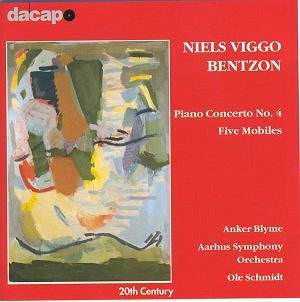 Composer: Karl Millöcker, Leo Fall
Composer: Karl Millöcker, Leo Fall
Works: Millöcker – The Dubarry (highlights), Fall – Madame Pompadour (highlights)
Performers: Anny Ahlers (soprano), Gitta Alpar (soprano), Heddle Nash (tenor), Herbert Ernst Groh (tenor), Evelyn Laye (soprano), Derek Oldham (tenor), Elsie Randolph (soprano), Huntley Wright (baritone)
Recording: 1924 (Madame Pompadour) and 1931-2 (The Dubarry)
Label: PEARL GEMM CD 9068
Karl Millöcker and Leo Fall occupy a distinctive niche within the operetta repertoire, often overshadowed by the more prominent works of Johann Strauss II or Franz Lehár. Millöcker, particularly known for his 1881 success, Der Bettelstudent, and Fall, celebrated for his 1922 creation, Madame Pompadour, both bring a unique blend of humor and sophistication to the stage. This recording, featuring highlights from Millöcker’s The Dubarry and Fall’s Madame Pompadour, offers listeners a compelling glimpse into the charm and wit that characterized early 20th-century Viennese operetta, while also illustrating the evolution of musical style from the late Romantic to the early modern era.
The performances are anchored by a roster of distinguished vocalists, with Anny Ahlers and Gitta Alpar leading the way in The Dubarry. Ahlers’ rich, vibrant soprano is particularly notable in the charmingly buoyant “Sentry” (track 17), where her charisma shines through, evoking the playful spirit of the piece. Alpar’s equally compelling contributions, especially in the more lyrical passages, reveal a deep understanding of the operetta idiom. The tenors, Heddle Nash and Herbert Ernst Groh, complement the sopranos with their bright, ringing tones, particularly in the duet “Ich bin so glücklich” (track 6), where their interplay captures the lighthearted essence of the narrative.
The interpretation choices made by conductor Theo Mackeben and the various orchestras—His Majesty’s Theatre, Parlophone, and Odeon—are commendable, particularly in their pacing and ability to balance the vocal lines with the orchestral texture. The orchestration, while adhering to conventions of the genre, allows for moments of intricate interplay, such as in the lively overtures and dance sequences, which are enhanced by Ravel’s influence in the ballet revision introduced by Irving. The orchestras exhibit a keen sensitivity to the nuances of operetta, where rhythm and melodic contour are paramount, ensuring that the essence of both Millöcker and Fall’s works is preserved.
Recording quality reflects the era’s technological limitations yet retains a warmth and clarity that brings the performances to life. The audio engineering successfully captures the vibrancy of the orchestral sound while allowing for the distinct colorations of the singers to emerge. Some moments, however, reveal a slight muddiness, particularly in the ensemble passages, where the blend of voices and instruments can occasionally blur the delineation of lines. This aspect is notably apparent in the opening of “The Dubarry,” where the absence of choral numbers leaves a somewhat hollow beginning, but the subsequent solo and duet work compensates for this with its engaging character.
Comparatively, this recording stands alongside other notable interpretations of both works, yet it offers a unique perspective through its choice of highlights rather than complete scores. This selection allows for a focused exploration of key moments, making it an excellent entry point for those unfamiliar with these operettas. While there are more complete renditions available, such as the 2014 release of The Dollar Princess, this collection remains a valuable resource for understanding the operetta’s historical context and musical language.
The marriage of Millöcker’s and Fall’s works in this highlights format serves as a delightful reminder of the operetta’s ability to entertain and enchant. Each vocal performance, supported by adept orchestral accompaniment, reflects not only the technical prowess of the artists involved but also the enduring appeal of these compositions. This recording is a testament to the charm and sophistication that operetta can offer, making it an essential addition to both the casual listener’s collection and the more scholarly exploration of the genre.



